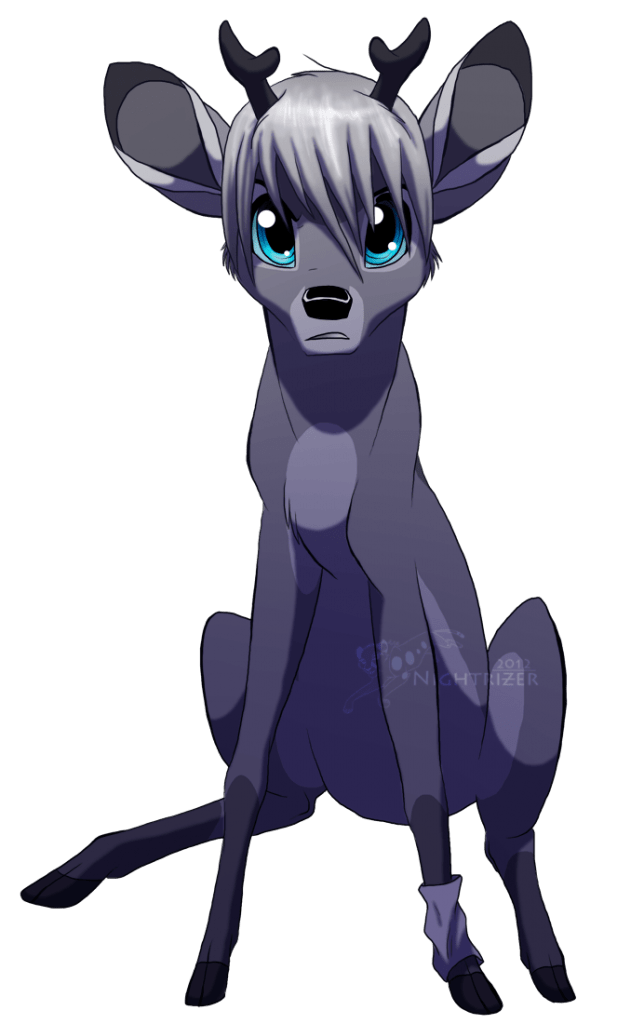

In a highly unusual court decision, Hearst retained the rights to the name "Katzenjammer Kids", while creator Dirks retained the rights to the characters.

When Dirks left William Randolph Hearst for the promise of a better salary under Joseph Pulitzer, it was an unusual move, since cartoonists regularly deserted Pulitzer for Hearst. Hugely popular, Katzenjammer Kids occasioned one of the first comic-strip copyright ownership suits in the history of the medium. Familiar comic-strip iconography such as stars for pain, sawing logs for snoring, speech balloons, and thought balloons originated in Dirks' strip. Max and Moritz provided an inspiration for German immigrant Rudolph Dirks, who created the Katzenjammer Kids in 1897-a strip starring two German-American boys visually modelled on Max and Moritz. In the story's final act, the boys, after perpetrating some mischief, are tossed into a sack of grain, run through a mill, and consumed by a flock of geese (without anybody mourning their demise).
#SIMPLE COMIC SKETCHES SERIES#
Max and Moritz was a series of seven severely moralistic tales in the vein of German children's stories such as Struwwelpeter ("Shockheaded Peter"). In 1865, German painter, author, and caricaturist Wilhelm Busch created the strip Max and Moritz, about two trouble-making boys, which had a direct influence on the American comic strip. Vieux Bois (1827), first published in the US in 1842 as The Adventures of Obadiah Oldbuck or Histoire de Monsieur Jabot (1831), inspired subsequent generations of German and American comic artists. His illustrated stories such as Histoire de M. Swiss author and caricature artist Rodolphe Töpffer (Geneva, 1799–1846) is considered the father of the modern comic strips. It was conceived and illustrated by William Heath. It satirised the political and social life of Scotland in the 1820s. The Glasgow Looking Glass was the first mass-produced publication to tell stories using illustrations and is regarded as the worlds first comic strip. However, the art form combining words and pictures developed gradually and there are many examples which led up to the comic strip. The Yellow Kid is usually credited as one of the first newspaper strips. The first newspaper comic strips appeared in North America in the late 19th century. In China, with its traditions of block printing and of the incorporation of text with image, experiments with what became lianhuanhua date back to 1884. The Biblia pauperum ("Paupers' Bible"), a tradition of picture Bibles beginning in the later Middle Ages, sometimes depicted Biblical events with words spoken by the figures in the miniatures written on scrolls coming out of their mouths-which makes them to some extent ancestors of the modern cartoon strips. William Hogarth's 18th century English cartoons include both narrative sequences, such as A Rake's Progress, and single panels. Printed examples emerged in 19th-century Germany and in 18th-century England, where some of the first satirical or humorous sequential narrative drawings were produced. One medieval European example in textile form is the Bayeux Tapestry. Storytelling using a sequence of pictures has existed through history. In the UK and the rest of Europe, comic strips are also serialized in comic book magazines, with a strip's story sometimes continuing over three pages. Comic strips have appeared inside American magazines such as Liberty and Boys' Life, but also on the front covers, such as the Flossy Frills series on The American Weekly Sunday newspaper supplement. Įvery day in American newspapers, for most of the 20th century, there were at least 200 different comic strips and cartoon panels, which makes 73,000 per year. Because "comic" strips are not always funny, cartoonist Will Eisner has suggested that sequential art would be a better genre-neutral name. In the 1940s, soap-opera-continuity strips such as Judge Parker and Mary Worth gained popularity. In the late 1920s, comic strips expanded from their mirthful origins to feature adventure stories, as seen in Popeye, Captain Easy, Buck Rogers, Tarzan, and Terry and the Pirates.

Examples of these gag-a-day strips are Blondie, Bringing Up Father, Marmaduke, and Pearls Before Swine. As the word "comic" implies, strips are frequently humorous. Strips are written and drawn by a comics artist, known as a cartoonist. With the advent of the internet, online comic strips began to appear as webcomics. Traditionally, throughout the 20th and into the 21st century, these have been published in newspapers and magazines, with daily horizontal strips printed in black-and-white in newspapers, while Sunday papers offered longer sequences in special color comics sections. A comic strip is a sequence of drawings, often cartoons, arranged in interrelated panels to display brief humor or form a narrative, often serialized, with text in balloons and captions.


 0 kommentar(er)
0 kommentar(er)
